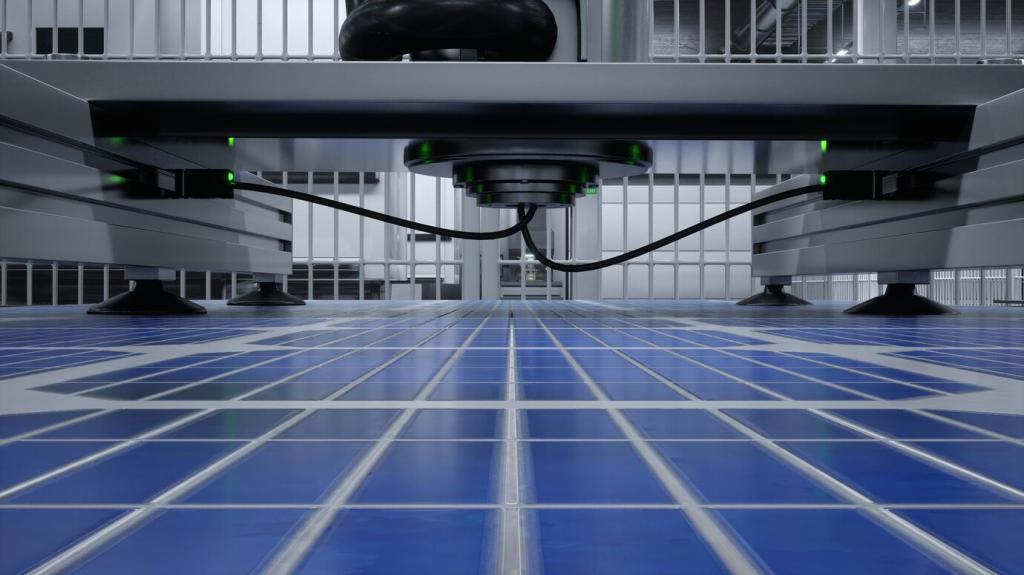Smart Controls, Monitoring, and Digital Twins
CO2 sensors, temperature loggers, and smart outlets feed real-time data into your twin. When schedules drift or filters clog, analytics flag inefficiencies early. This feedback loop proves design claims and teaches the home to run leaner every month.
Smart Controls, Monitoring, and Digital Twins
Digital checklists verify ventilation rates, envelope tightness, and thermostat logic against your simulation baselines. Small corrections—like balancing supply registers—restore comfort and reclaim energy savings, ensuring the house performs as modeled rather than as imagined.











